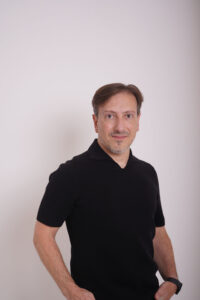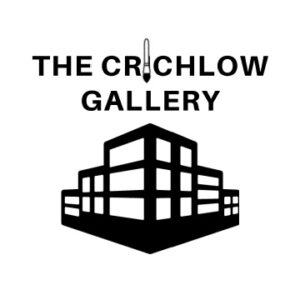When it comes to artistic mediums, painting and photography seem to reside at opposite ends of the spectrum, but two artists decided to meld the two areas in preparation for one of Europe’s largest art exhibitions.
Marshall University professors Ian Hagarty and Daniel Kaufmann received an invitation to display their work at the European Cultural Centre’s international art exhibition “Personal Structures” in Italy this past April. This exhibition coincided with the Venice Biennale, one of the most important art exhibitions in the world, according to Hagarty and Kaufmann.
The pair began work on the project in 2020 and set out to find a way to blend their respective fields together as well as integrate West Virginia history into their work.
“We wanted to create a piece that commemorated this really important part in West Virginia history and in regards to having the New River Gorge receiving National Park status,” Kaufmann said.
Due to the high visibility that their project would likely receive, having the state as the centerpiece allowed them to promote and display features of the state on a larger scale.
“We sort of saw the ‘Personal Structures’ show as this kind of major international community of artists to be a really unique opportunity to bring light to West Virginia in a way,” Hagarty said. “We also wanted the piece that we were making for that show to be something that neither he nor I have ever done before.”
The process required much trial and error to discover what possibilities were feasible; fortunately, they were able to go through a trial run before making any permanent decisions.
“Before the Venice exhibition, we had an exhibition at the Huntington Museum of Art, our kind of faculty show,” Kaufmann said. “And then that was actually used as an experiment of sorts to figure out what we might want to do for the Venice show.”
After months of collaborating, it was decided that a woven tapestry was the best medium to display Hagarty’s paintings and Kaufmann’s photographs.
“We didn’t want it to represent our view necessarily,” Hagarty said. “We were trying to represent what we were learning about the park but through our artistic practice and sensibilities. Hidden in that art piece is all of that. I mean literally thousands of photographs and paintings and manipulations that are all combined together and literally woven together into that piece.”
Both professors plan to use this as a jumping-off point to explore implementing a new type of curriculum within the School of Art and Design.
This content was originally published here.



